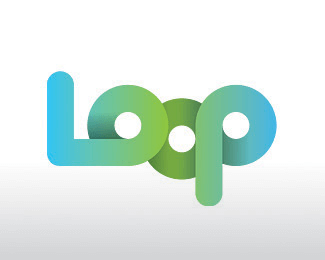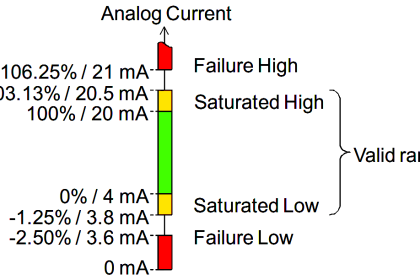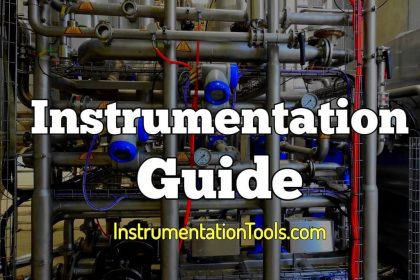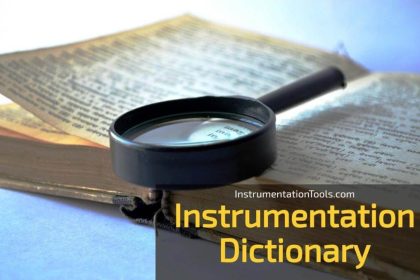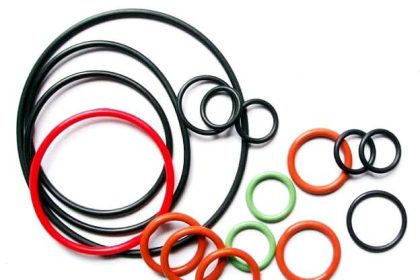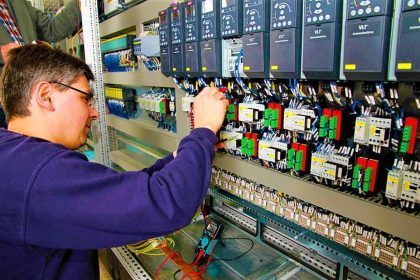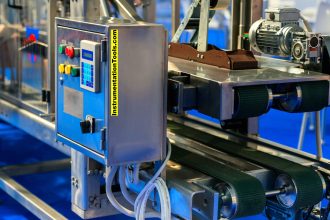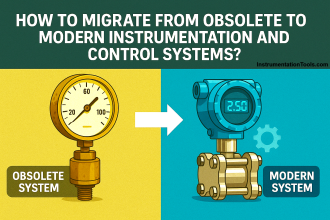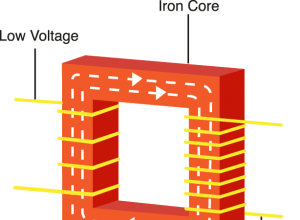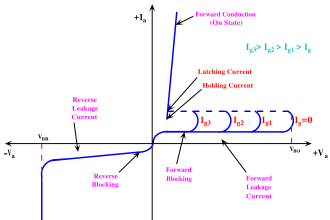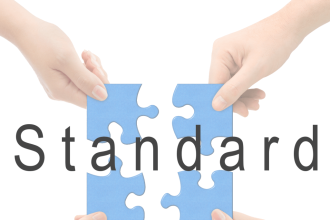In this article, we will get to know some basic information about smart sensors, their different types, their advantages, their application of it, and more.
Content:
- What is a normal sensor?
- What is a smart sensor?
- Basic Components of a smart sensor
- Advantages of smart sensors
- Conclusion
What is a Normal Sensor?
Before we start explaining smart sensors, let’s first talk about normal sensors.
A normal sensor is a device that is capable of sensing a physical quantity like temperature, pressure, flow, .etc. and gives an output correlated to that quantity.
This output can either be an On/Off indication i.e., a switching indication like a proximity sensor, or it can be an analog representation of the continuously measured physical quantity, usually in the form of millivolts or some changes in the resistance value, like thermocouples or pressure sensors.
To be able to use this measured value in an automation system a normal sensor will not be enough by itself. Instead, a transducer is introduced to enable converting these measured millivolts or resistance to a usable format like 4 to 20 mA. then you’ll need some kind of computing capability like a PLC to use these measured values in some calculations and take an action for the automation process.
What is a Smart Sensor?
A smart sensor is a device that can measure physical quantities and give an output correlated to the measured value just like a normal sensor, but it also has the capability to do some data analysis to this measured quantity using a built-in computing resource and use these data to take some actions to increase the efficiency of the automation process.
Smart sensors can also provide more accurate measurements, thanks to the computing resources built inside which filters out any signal noise and converts the measured signal into a usable digital format without the need for a transducer as in a normal sensor.
Smart sensors also have built-in communication capabilities that enable them to transmit data over the internet or a similar network and give them the ability to communicate with external devices, which is the main reason why smart sensors are very crucial elements in the internet of things (IoT) and industry 4.0
Basic Components of Smart Sensor
See the following picture depicting the main component of a smart sensor.
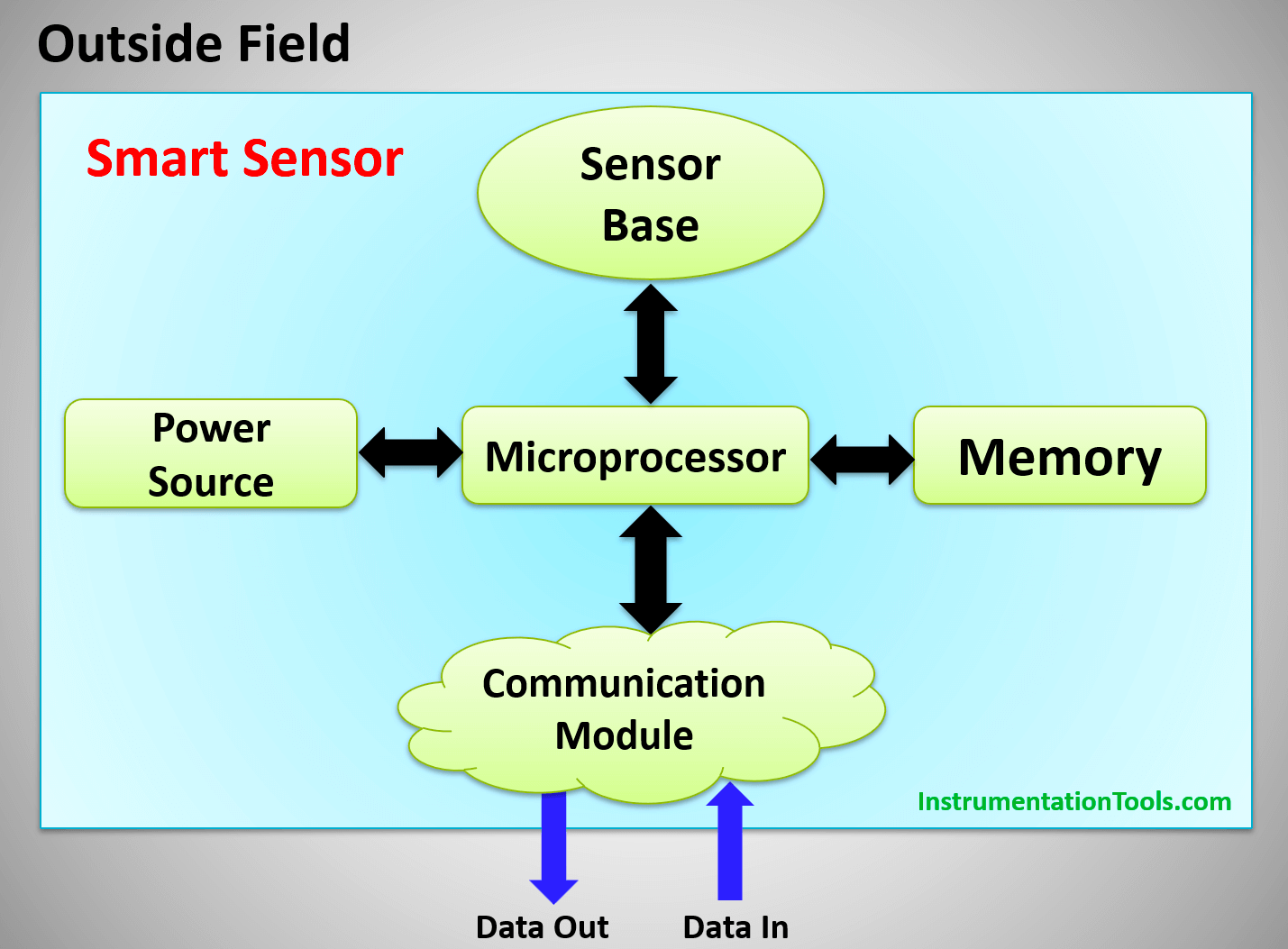
A smart sensor consists of 5 basic elements:
Base Sensor
This is a normal sensor responsible for detecting the physical quantity.
Power Supply
To feed power to the computing resource and maybe the sensor base.
Microprocessor
This is the computing element, which enables the sensor to make some data calculations to measure quantities and take actions based on these analyses.
Memory
Dedicated to storing the measured values, and calculated data and also storing the incorporated software logic that controls how the sensor handles these data.
Communication Module
To transmit and receive data between the sensor and external devices over a similar network or the internet.
How do Smart Sensors work?
A raw base sensor is used to provide the sensing capability, it is designed to measure a physical quantity and produce an analog signal. This analog signal must be processed before it can be used, and here comes the role of the Microprocessor.
The integrated Microprocessor inside the smart sensor will filter out signal noise and convert the base sensor signal into a usable format. It will also contain some software functions that will make some calculations to measure values and maybe take some action at specific values.
A memory card is also built-in to store the Data measured and operating parameters of the sensor. And finally, a communication module integrated within the sensor will allow connecting to external devices via a private networks or the internet.
What are Smart Sensors used for?
A smart sensor is used for the same purpose as a normal sensor, which is to measure a physical quantity, but with the added data handling and communication capabilities a smart sensor is widely used in many industrial systems.
A smart sensor is a crucial element in the IoT and industry 4.0 due to it is communication abilities through the internet.
What are the different Types of Smart Sensors?
There are five main types of smart sensors used in industrial automation. Although there are many types of special-purpose sensors in use today.
They are generally based on one of five types of following sensors:
Smart sensors are generally preferred over base sensors because of the data handling capabilities they have. Even so, there are situations where it might be more suitable to use a base sensor.
If an engineer is designing a device and needs complete control over sensor input, then it will probably make more sense to use a base sensor than a smart sensor.
Advantages of Smart Sensors
Some of the advantages of smart sensors are listed below.
- Improve Processes Performance
- Reduce maintenance by predicting failures of equipment
- Log data for historical records and regulatory compliance
- Provide notifications of anomalies affecting process quality
- Self-Test, Self-Calibration, and Self-Diagnosis
- Multi-Sensing capability
- High precision
Improve Processes Performance
Smart sensors generate data by connecting different devices and systems, enabling different machines to talk to one another. Which helps:
- Monitor equipment and system performance.
- Compare and analyze data sets.
Reduce Maintenance by Predicting Failures of Equipment
Smart sensors help reduce unnecessary maintenance, costs of part replacements, and the potential for production downtime. Data collected by smart sensors are used to detect failure patterns, eliminating the need to service equipment.
Smart sensors can use this data to send alerts to operators, notifying them of potential failure so they can take an action before causing production downtime.
Automatically Log Data for Historical Records and Regulatory Compliance
For some processes and productions manufacturers will require to give data records that prove their production parameters are set limits of their customers, using smart sensors will automatically help with this issue, as they will automatically log data like energy consumption, temperature, humidity, hours of operation, maintenance, and production line outputs.
Provide Notifications of Anomalies Affecting Process Quality
Smart sensors can identify system anomalies that could affect production output or product quality and provide real-time notification of such issues, which helps with avoiding production downtime
Self-Test, Self-Calibration, and Self-Diagnosis
A smart sensor can do a self-test at power-up to determine if a component has failed.
And send a notification message to the process controller to take proper action. It has the ability to self calibrate if it needs to.
Multi-Sensing capability
A smart sensor can measure multiple physical quantities at the same time, for example, a fusion liquid sensor can simultaneously measure the temperature, flow, pressure, and density of a medium.
High Precision
Smart sensors have the ability to filter out signal noise and compensate for random errors and therefore increase the accuracy of the sensor.
Conclusion
- A smart sensor is essentially a normal sensor but with communication and data handling capabilities.
- Smart sensors are becoming very crucial in industrial automation and especially in industry 4.0 because of their Data handling and communication with other external devices.
- Smart sensors have many advantages which lead at the end to higher performance and better quality of the industrial process.
- Self-diagnosis and fault detection that smart sensors have, can reduce maintenance downtime and also spare part costs.
- Smart sensors are very critical for the success of many future concepts like smart cities, smart agriculture, and smart power grids to name a few.
If you liked this article, then please subscribe to our YouTube Channel for Instrumentation, Electrical, PLC, and SCADA video tutorials.
You can also follow us on Facebook and Twitter to receive daily updates.
Read Next:
- What is Fuzzy Logic?
- How to Choose HMI?
- Delta HMI and VFD Logic
- Motor Temperature Sensors
- Characteristics of an Instrument
